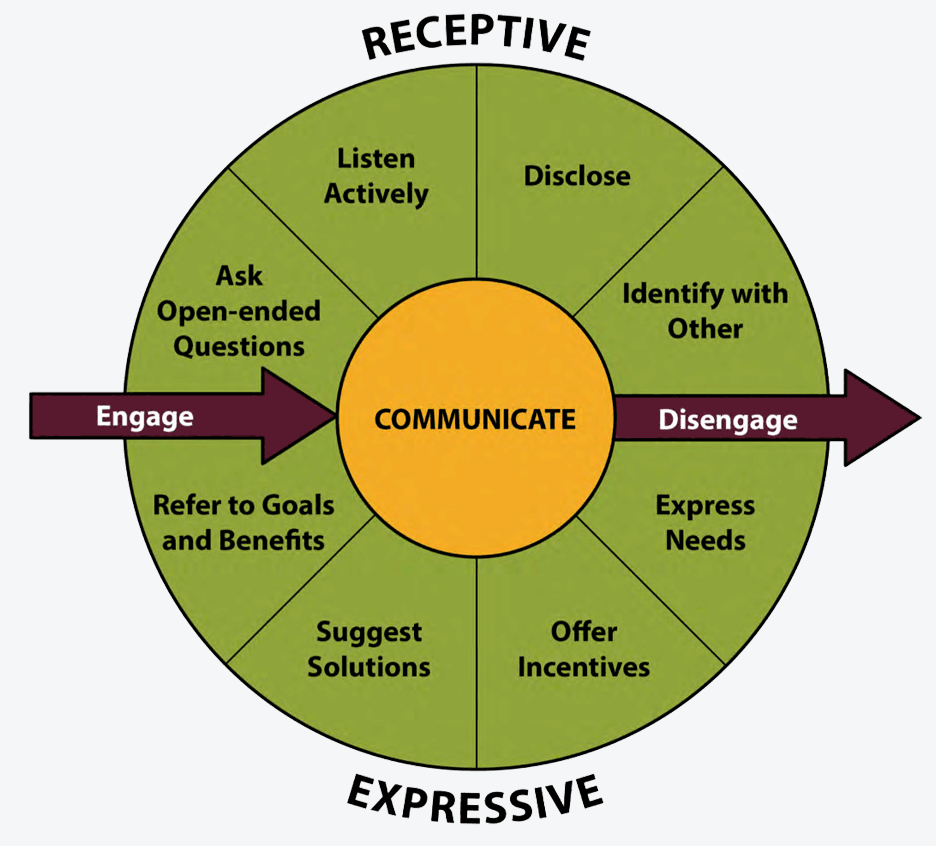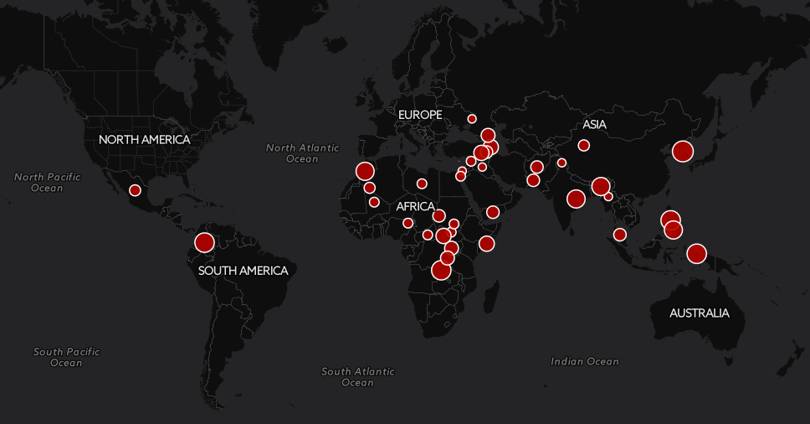

1821 CE) up to the post-colonial period ( c. Conflicts are also arranged chronologically starting from the Pre-Columbian era (the Lithic, Archaic, Formative, Classic, Post-Classic, and Colonial periods/stages of North America and Mesoamerica c. This list includes all present-day countries starting northward first from Northern America ( Canada, Greenland, and the United States of America), southward to Middle America ( Aridoamerica, Oasisamerica, and Mesoamerica in Mexico and Central America over Panama, Belize, Costa Rica, El Salvador, Guatemala, Honduras, and Nicaragua), and eastward to the Caribbean ( Cuba, Haiti, Jamaica, Grenada, Saint Martin, the Dominican Republic, and the Republic of Trinidad and Tobago). This is a list of conflicts in North America. ( Global Initiative, Protection Cluster, World Bank accessed, OCHA )Skirmishes and clashes, fewer than 100 deaths in current or past year The needs of the affected population include food, WASH, shelter, health, relief NFIs, the restoration of power and communications, early recovery, livelihoods, and education.

In October 2022, Typhoon Nalgae (locally known as Paeng) hit Philippines, affecting more than six million people. Social cohesion is a significant factor in local resiliency, as the displaced often stay with relatives and friends.

National authorities, with the support of international partners, largely lead preparedness and response efforts to reoccurring natural disasters and conflict-related displacement. Typhoons, earthquakes, and volcanic eruptions often result in high displacement rates. The Philippines is also among the most disaster-prone countries in the world. As at early February 2023, there were over 121,000 people displaced in the region because of armed conflict, clan feuds, and crime. Protracted armed conflict in the Mindanao group of islands (in southern Philippines) since the 1960s has resulted in a crisis that requires political, humanitarian, and long-term response. People living in poverty are particularly vulnerable to these impacts. The main impacts of these crises are displacement and the disruption of services and livelihoods. A long-standing conflict in the south and various recurrent natural disasters drive the humanitarian situation in the Philippines.


 0 kommentar(er)
0 kommentar(er)
